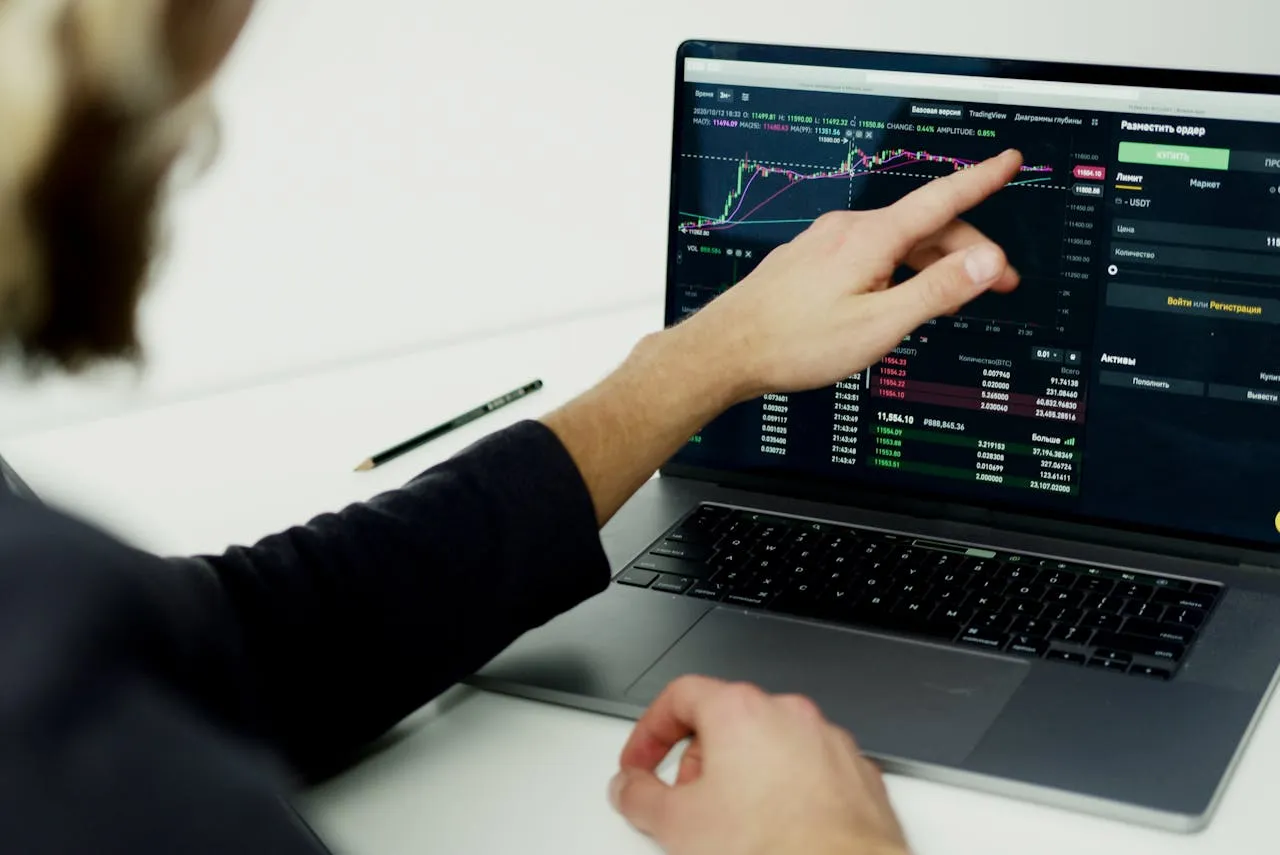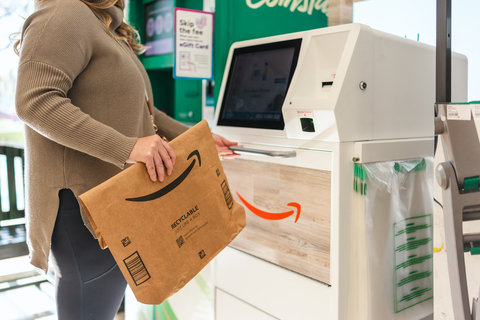
Global Food Traceability Market Report 2025 Growth, Trends, and Key Players
The global food traceability market is witnessing a significant transformation, driven by growing concerns over food safety, supply chain transparency, and regulatory compliance. The increasing globalization of food production and distribution has made it imperative to track food items from farm to table. With 2023 serving as a benchmark year, this report analyzes the market’s trajectory from 2024 to 2029, offering insights into technological advancements, economic factors, and the key players shaping the industry.
Market Overview and Growth Projections
The food traceability market is poised for substantial growth, expanding from $23.8 billion in 2024 to an estimated $38.5 billion by 2029, with a compound annual growth rate (CAGR) of 10.1%. This surge is attributed to increasing regulatory requirements, consumer demand for food safety, and advancements in technology. The market size is evaluated based on technology types, applications, and regional dynamics.
Key Market Drivers
- Regulatory Compliance and Food Safety Laws
- The U.S. Food Safety Modernization Act (FSMA), European Union regulations, and stringent guidelines from international organizations mandate robust traceability measures to prevent contamination and ensure food authenticity.
- Governments across Asia-Pacific and Latin America are also strengthening food safety regulations, pushing businesses to adopt traceability solutions.
- Rising Consumer Demand for Transparency
- Consumers increasingly prefer ethically sourced, organic, and non-GMO products, compelling companies to integrate transparency into their supply chains.
- The demand for real-time tracking of food origin and quality assurance has led to increased investment in traceability solutions.
- Technological Innovations in Food Traceability
- Cutting-edge technologies such as blockchain, the Internet of Things (IoT), radio-frequency identification (RFID), artificial intelligence (AI), and cloud computing are revolutionizing the traceability sector.
- These innovations improve efficiency, reduce food waste, and enable real-time monitoring across complex supply chains.
- Sustainability and Environmental Concerns
- Companies are integrating traceability systems with sustainability initiatives, helping to reduce food waste, optimize resource utilization, and enhance environmental responsibility.
- ESG (Environmental, Social, and Governance) scores are influencing market trends, with companies striving for higher transparency in their sustainability practices.
Regional Insights
- North America and Europe Lead Adoption
- The U.S., Canada, and European nations are at the forefront of adopting advanced traceability systems due to stringent regulations and consumer demand for quality assurance.
- Leading companies in these regions focus on integrating blockchain and AI into their food safety systems.
- Asia-Pacific: A Fast-Growing Market
- Countries like China, India, and Japan are witnessing rapid growth in food traceability due to rising food safety concerns and regulatory reforms.
- Governments are investing heavily in digitalizing food supply chains, increasing adoption rates.
- Latin America and Middle East & Africa
- Emerging economies in these regions are recognizing the importance of traceability in maintaining food safety standards and boosting exports.
- Initiatives to modernize agricultural supply chains are propelling market growth.
Market Challenges
- High Implementation Costs
- The adoption of advanced traceability solutions involves significant costs, especially for small and medium enterprises (SMEs), which may struggle to invest in these technologies.
- Fragmented Supply Chains
- The complexity of global food supply chains, especially in developing regions, presents challenges in seamless integration and data standardization.
- Data Privacy and Cybersecurity Risks
- The use of blockchain, IoT, and cloud-based systems raises concerns about data security and cyber threats, requiring robust safeguards.
Competitive Landscape and Key Players
The food traceability market features several established and emerging players driving innovation and adoption. Key companies include:
- Bar Code Integrators Inc. – A leader in barcode technology for supply chain tracking.
- Honeywell International Inc. – Offers advanced RFID and IoT-enabled solutions.
- IBM Corp. – A pioneer in blockchain-powered food traceability.
- TE-Food International – Specializes in farm-to-table traceability systems.
- Optel Vision Inc. – Focuses on end-to-end traceability solutions for food safety.
Industry Trends and Future Outlook
- Expansion of Blockchain Technology
- Blockchain is becoming a game-changer in food traceability, offering immutable records and enhancing transparency across supply chains.
- AI and Machine Learning Integration
- AI-driven predictive analytics are improving risk management and food safety measures.
- Cloud-Based Traceability Solutions
- Cloud platforms are gaining traction, enabling businesses to manage traceability data efficiently and access real-time analytics.
The global food traceability market is evolving rapidly, driven by regulatory frameworks, consumer demand for transparency, and technological advancements. Despite challenges such as high implementation costs and data security risks, the benefits of enhanced food safety, compliance, and consumer trust position traceability as a crucial element in modern food systems. Companies that invest in cutting-edge technologies and sustainability initiatives will gain a competitive edge in this growing industry.







